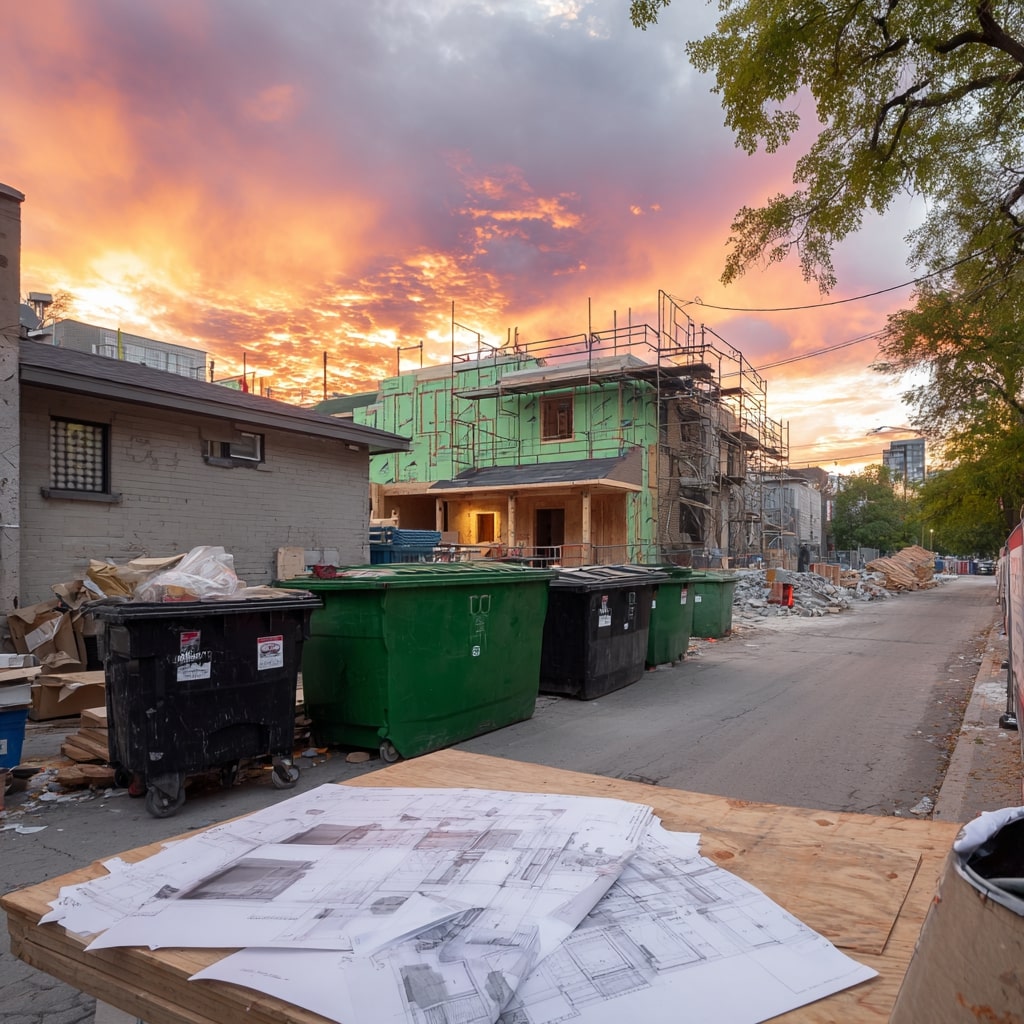- Home
- Articles
- Architectural Portfolio
- Architectral Presentation
- Inspirational Stories
- Architecture News
- Visualization
- BIM Industry
- Facade Design
- Parametric Design
- Career
- Landscape Architecture
- Construction
- Artificial Intelligence
- Sketching
- Design Softwares
- Diagrams
- Writing
- Architectural Tips
- Sustainability
- Courses
- Concept
- Technology
- History & Heritage
- Future of Architecture
- Guides & How-To
- Art & Culture
- Projects
- Interior Design
- Competitions
- Jobs
- Store
- Tools
- More
- Home
- Articles
- Architectural Portfolio
- Architectral Presentation
- Inspirational Stories
- Architecture News
- Visualization
- BIM Industry
- Facade Design
- Parametric Design
- Career
- Landscape Architecture
- Construction
- Artificial Intelligence
- Sketching
- Design Softwares
- Diagrams
- Writing
- Architectural Tips
- Sustainability
- Courses
- Concept
- Technology
- History & Heritage
- Future of Architecture
- Guides & How-To
- Art & Culture
- Projects
- Interior Design
- Competitions
- Jobs
- Store
- Tools
- More
Exploring the Place of the Skylight in Architecture: Design, Benefits, and Innovation
Discover the transformative power of skylights in architecture! This article delves into their historical significance and modern applications, showcasing how they enhance lighting, aesthetics, and occupant wellbeing. Learn about various skylight types, design considerations for optimal performance, and their vital role in energy efficiency and sustainability.

Skylights have transformed the way we experience light and space in architecture. These architectural gems not only brighten up interiors but also enhance the aesthetic appeal of buildings. By bringing natural light into our homes and workplaces, skylights create a connection to the outdoors, promoting a sense of well-being and comfort.
As we explore the place of skylights in architecture, we’ll uncover their historical significance and modern applications. From grand cathedrals to contemporary homes, skylights have played a pivotal role in design, influencing how we perceive and utilize space. Join us as we delve into the fascinating world of skylights and discover their impact on architectural innovation and sustainability.

Table of Contents
ToggleThe Importance of Natural Light
Natural light plays a crucial role in architecture, contributing to both aesthetic value and personal wellbeing. Skylights serve as a vital source of this light, transforming spaces and enhancing our daily experiences.

Enhancing Aesthetic Appeal
Skylights enhance aesthetic appeal by introducing an unfiltered flow of natural light into spaces. They create dynamic lighting effects that shift throughout the day, showcasing architectural details. By framing views of the sky, they add a unique visual focal point to spaces, merging the indoors with the outdoors seamlessly. Design elements like glass shape, size, and placement significantly influence this aesthetic impact, allowing architects to craft distinct atmospheres tailored to specific needs.
Improving Mood and Wellbeing
Natural light boosts mood and improves overall wellbeing. Studies show that exposure to daylight leads to increased productivity and reduced stress. Natural light regulates circadian rhythms, promoting better sleep and heightened energy levels. Skylights achieve this by maximizing daylight exposure, which can significantly influence the inhabitants’ mental and emotional health. Incorporating skylights in design not only elevates personal comfort but also fosters an inviting environment conducive to creativity and relaxation.
Types of Skylights
Various types of skylights serve different purposes and contribute distinct advantages to architectural designs. Understanding these types helps us optimize natural light while enhancing building aesthetics and functionality.

Fixed Skylights
Fixed skylights provide an influx of natural light without the option for ventilation. They’re ideal for spaces where we seek to brighten rooms without the need for airflow, such as hallways or stairwells. Fixed skylights typically feature a glass panel set within a frame and require minimal maintenance. They improve energy efficiency by minimizing the need for artificial lighting during the day.
Ventilated Skylights
Ventilated skylights offer both natural light and the ability to improve indoor air quality. These systems utilize operable components that allow us to open the skylight, facilitating airflow and reducing heat buildup. Ventilated skylights are beneficial in kitchens and bathrooms, where humidity control is crucial. Some models include automated mechanisms that respond to temperature changes, enhancing energy savings and comfort.
Design Considerations
When integrating skylights into architectural design, we consider various design factors to ensure they achieve optimal functionality and aesthetic appeal. These factors include placement and orientation, size and shape, along with material selection and energy efficiency.

Placement and Orientation
Placement and orientation significantly affect a skylight’s performance. We position skylights to maximize natural light while minimizing glare and heat gain. South-facing skylights capture abundant sunlight, ideal for lighting living spaces during the day, while north-facing options provide consistent, diffuse light. Placing skylights strategically over key areas enhances their effectiveness, making them central features in atriums, living rooms, or kitchens. Avoiding placement directly above heat sources minimizes energy costs and prolongs the life of roofing materials by reducing thermal stress.
Size and Shape
The size and shape of a skylight impact both light distribution and architectural harmony. We select sizes based on the specific daylighting needs of each space. Larger skylights yield more light but require careful integration to avoid overwhelming smaller rooms. Custom shapes, such as circular or elongated designs, can also enhance visual interest. Using multiple smaller skylights in a corridor, for example, can create an even light distribution without sacrificing aesthetics, thereby avoiding potential structural complications. Balancing these elements influences both the functionality and style of the overall design.
Environmental Impact
Skylights significantly enhance energy efficiency and sustainability in architectural design. By harnessing natural light, they reduce reliance on artificial lighting and improve indoor climate management.

Energy Efficiency
Skylights contribute to energy efficiency by optimizing natural light utilization. With the right placement, they allow daylight to penetrate deep into residential and commercial spaces, reducing lighting costs by up to 30% (U.S. Department of Energy). Efficient skylight design minimizes the need for artificial lighting during the day, which decreases overall energy consumption. Additionally, many skylights can incorporate low-emissivity (low-e) glass to limit heat transfer, stabilizing indoor temperatures and enhancing HVAC system performance.
Sustainability Benefits
Skylights promote sustainability by enhancing indoor environmental quality. Incorporating skylights decreases energy consumption, helping to lower carbon footprints. Natural daylight improves occupant wellbeing, fostering greater productivity and comfort. Moreover, sustainable skylight designs utilize materials that minimize environmental impact, such as recycled or recyclable components. Implementing skylights aligns with green building standards, such as LEED (Leadership in Energy and Environmental Design), furthering goals for environmentally responsible architecture. By merging functionality and sustainability, skylights contribute positively to the built environment and our planet.
Conclusion
Skylights play a transformative role in architecture, facilitating a seamless blend of natural light and aesthetic appeal. Their historical significance ranges from iconic structures to modern homes, demonstrating their versatility and impact on design. We recognize the profound influence of skylights on occupant wellbeing, noting studies that link natural light to enhanced mood and productivity.
Different types of skylights cater to varying needs, with fixed models offering uninterrupted light and ventilated options ensuring fresh air circulation. Understanding these variations allows us to optimize light utilization in architectural projects while enhancing functionality and style.
Key design considerations, including placement, size, and material selection, remain critical for maximizing the benefits of skylights. Strategic positioning minimizes glare and heat gain while maintaining architectural harmony. Additionally, skylights support sustainability efforts by reducing reliance on artificial lighting and potentially lowering energy costs by up to 30%.
Joining aesthetics and functionality, skylights significantly contribute to energy efficiency and environmental quality in our built environments. They exemplify how thoughtful architectural design promotes a brighter, healthier future.
- architectural skylights
- commercial skylights
- contemporary skylight trends
- custom skylight solutions
- daylight skylight systems
- energy-efficient skylights
- green building skylights
- innovative skylight shapes
- integrating skylights in architecture
- interior design skylights
- modern skylight designs
- natural light solutions
- residential skylight ideas
- skylight architecture
- skylight benefits
- skylight construction materials
- skylight cost efficiency
- skylight design
- skylight durability
- skylight innovation
- skylight installation
- skylight lighting design
- skylight sustainability
- skylight technology
- skylight ventilation
- thermal performance skylights
Submit your architectural projects
Follow these steps for submission your project. Submission FormLatest Posts
Smart Steps for Repairing Your Garage
Keeping your garage safe and reliable is mostly about steady habits and...
Why Scale Matters in Architecture
Why Scale Matters in Architecture: see how human, building, and urban scales...
The Chain Reaction Triggered by Foundation Movement
Foundation movement is never an isolated event contained strictly to the concrete...
Why Smart Bin Rental Strategy Shapes Better Architecture Projects
Picture this: you’re standing before your dream architectural project, blueprints approved, permits...












Leave a comment